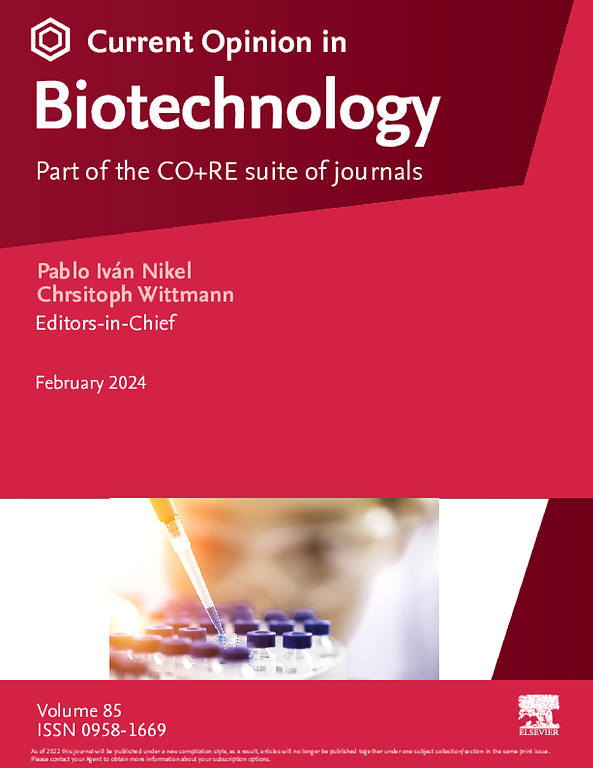Review: can bioelectrochemical sensors be used to monitor soil microbiome activity and fertility?
IF 7
2区 工程技术
Q1 BIOCHEMICAL RESEARCH METHODS
引用次数: 0
Abstract
This review presents current knowledge on applying bioelectrochemical sensors to monitor soil fertility through microbial activity and discusses future perspectives. Soil microbial activity is considered an indicator of soil fertility due to the interconnected relationship between soil nutrient composition, microbiome, and plant productivity. Similarities between soils and bioelectrochemical reactors provide the foundation for the design of bioelectrochemical sensors driven by microorganisms enriched as electrochemically active biofilms on polarized electrodes. The biofilm can exchange electrons with electrodes and metabolites with the nearby microbiome to generate electrochemical signals that inform of microbiome functions and nutrient bioavailability. Such mechanisms can be harnessed as a bioelectrochemical sensor for proxy monitoring of soil fertility to address the need for real-time monitoring of soils.
回顾:生物电化学传感器能否用于监测土壤微生物组的活动和肥力?
本综述介绍了应用生物电化学传感器通过微生物活动监测土壤肥力的现有知识,并讨论了未来的发展前景。由于土壤养分组成、微生物群和植物生产力之间的相互关系,土壤微生物活动被认为是土壤肥力的一个指标。土壤与生物电化学反应器之间的相似性为设计生物电化学传感器奠定了基础,该传感器由极化电极上富含电化学活性生物膜的微生物驱动。生物膜可以与电极交换电子,并与附近的微生物群交换代谢物,从而产生电化学信号,为微生物群功能和营养物质生物利用率提供信息。可以利用这种机制作为生物电化学传感器,对土壤肥力进行代理监测,以满足对土壤进行实时监测的需要。
本文章由计算机程序翻译,如有差异,请以英文原文为准。
求助全文
约1分钟内获得全文
求助全文
来源期刊

Current opinion in biotechnology
工程技术-生化研究方法
CiteScore
16.20
自引率
2.60%
发文量
226
审稿时长
4-8 weeks
期刊介绍:
Current Opinion in Biotechnology (COBIOT) is renowned for publishing authoritative, comprehensive, and systematic reviews. By offering clear and readable syntheses of current advances in biotechnology, COBIOT assists specialists in staying updated on the latest developments in the field. Expert authors annotate the most noteworthy papers from the vast array of information available today, providing readers with valuable insights and saving them time.
As part of the Current Opinion and Research (CO+RE) suite of journals, COBIOT is accompanied by the open-access primary research journal, Current Research in Biotechnology (CRBIOT). Leveraging the editorial excellence, high impact, and global reach of the Current Opinion legacy, CO+RE journals ensure they are widely read resources integral to scientists' workflows.
COBIOT is organized into themed sections, each reviewed once a year. These themes cover various areas of biotechnology, including analytical biotechnology, plant biotechnology, food biotechnology, energy biotechnology, environmental biotechnology, systems biology, nanobiotechnology, tissue, cell, and pathway engineering, chemical biotechnology, and pharmaceutical biotechnology.
 求助内容:
求助内容: 应助结果提醒方式:
应助结果提醒方式:


